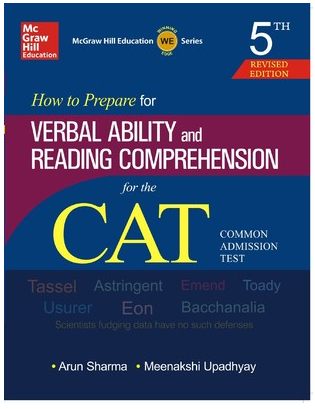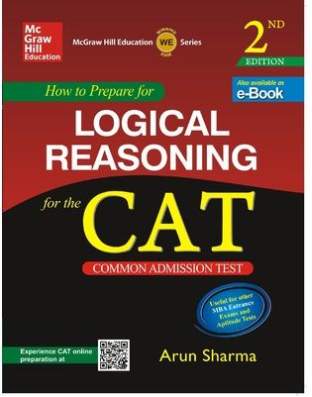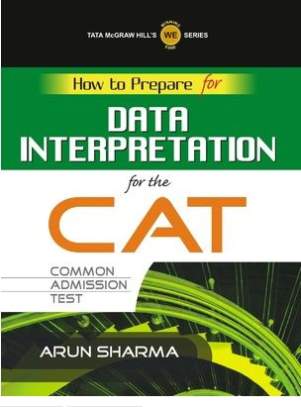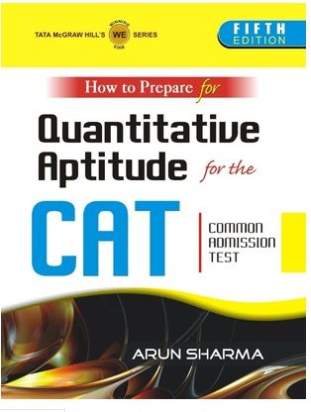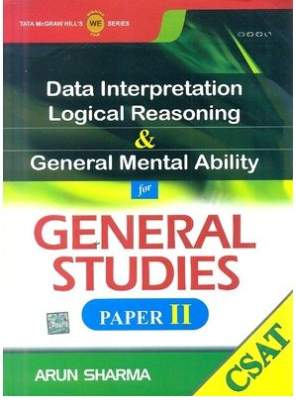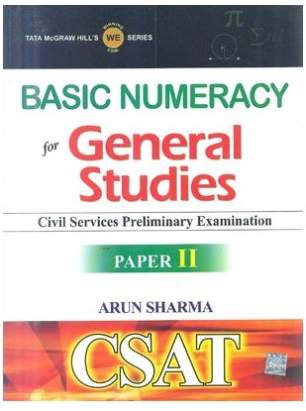| Re: SSC Maths syllabus
Ok, as you want the syllabus of Maths of 10th CBSE so here I am providing you.
10th CBSE Maths syllabus
Units marks
I. Number systems 11
Ii. Algebra 23
Iii. Geometry 17
Iv trigonometry 22
V statistics 17
Total 90
UNIT I : NUMBER SYSTEMS
1. REAL NUMBERS (15) Periods
Euclid's division lemma, Fundamental Theorem of Arithmetic - statements after reviewing work done earlier and after illustrating
and motivating through examples, Proofs of results - irrationality of Ö2, Ö3, Ö5, decimal expansions of rational numbers in
terms of terminating/non-terminating recurring decimals.
UNIT II : ALGEBRA
1. POLYNOMIALS (7) Periods
Zeros of a polynomial. Relationship between zeros and coefficients of quadratic polynomials. Statement and simple problems
on division algorithm for polynomials with real coefficients.
2. PAIR OF LINEAR EQUATIONS IN TWO VARIABLES (15) Periods
Pair of linear equations in two variables and their graphical solution. Geometric representation of different possibilities of
solutions/inconsistency.
Algebraic conditions for number of solutions. Solution of a pair of linear equations in two variables algebraically - by substitution,
by elimination and by cross multiplication method. Simple situational problems must be included. Simple problems on equations
reducible to linear equations may be included.
UNIT III : GEOMETRY
1. TRIANGLES (15) Periods
Definitions, examples, counter examples of similar triangles.
1. (Prove) If a line is drawn parallel to one side of a triangle to intersect the other two sides in distinct points, the other two
sides are divided in the same ratio.
2. (Motivate) If a line divides two sides of a triangle in the same ratio, the line is parallel to the third side.
3. (Motivate) If in two triangles, the corresponding angles are equal, their corresponding sides are proportional and the
triangles are similar.
4. (Motivate) If the corresponding sides of two triangles are proportional, their corresponding angles are equal and the two
triangles are similar.
5. (Motivate) If one angle of a triangle is equal to one angle of another triangle and the sides including these angles are
proportional, the two triangles are similar.
115
6. (Motivate) If a perpendicular is drawn from the vertex of the right angle of a right triangle to the hypotenuse, the triangles
on each side of the perpendicular are similar to the whole triangle and to each other.
7. (Prove) The ratio of the areas of two similar triangles is equal to the ratio of the squares on their corresponding sides.
8. (Prove) In a right triangle, the square on the hypotenuse is equal to the sum of the squares on the other two sides.
9. (Prove) In a triangle, if the square on one side is equal to sum of the squares on the other two sides, the angles opposite
to the first side is a right traingle.
UNIT IV : TRIGONOMETRY
1. INTRODUCTION TO TRIGONOMETRY (10) Periods
Trigonometric ratios of an acute angle of a right-angled triangle. Proof of their existence (well defined); motivate the ratios,
whichever are defined at 0o and 90o. Values (with proofs) of the trigonometric ratios of 30o, 45o and 60o. Relationships
between the ratios.
2. TRIGONOMETRIC IDENTITIES (15) Periods
Proof and applications of the identity sin2 A + cos2 A = 1. Only simple identities to be given. Trigonometric ratios of
complementary angles.
UNIT V : STATISTICS AND PROBABILITY
1. STATISTICS (18) Periods
Mean, median and mode of grouped data (bimodal situation to be avoided). Cumulative frequency graph.
Course Structure
CLASS X
Second Term Marks : 90
UNITS MARKS
II. ALGEBRA (Contd.) 23
III. GEOMETRY (Contd. 17
IV. TRIGONOMETRY (Contd.) 08
V PROBABILITY 08
VI COORDINATE GEOMETRY 11
VII. MENSURATION 23
TOTAL 90
Course Structure (First Term)
UNIT II : ALGEBRA (Contd.)
3. QUADRATIC EQUATIONS (15) Periods
Standard form of a quadratic equation ax2 + bx + c = 0, (a ¹ 0). Solution of the quadratic equations
(only real roots) by factorization, by completing the square and by using quadratic formula. Relationship between
discriminant and nature of roots.
Problems related to day to day activities to be incorporated.
116
4. ARITHMETIC PROGRESSIONS (8) Periods
Motivation for studying Arithmetic Progression Derivation of standard results of finding the nth term and sum of first n terms
and their application in solving daily life problems.
UNIT III : GEOMETRY (Contd.)
2. CIRCLES (8) Periods
Tangents to a circle motivated by chords drawn from points coming closer and closer to the point.
1. (Prove) The tangent at any point of a circle is perpendicular to the radius through the point of contact.
2. (Prove) The lengths of tangents drawn from an external point to circle are equal.
3. CONSTRUCTIONS (8) Periods
1. Division of a line segment in a given ratio (internally).
2. Tangent to a circle from a point outside it.
3. Construction of a triangle similar to a given triangle.
UNIT IV : TRIGONOMETRY
3. HEIGHTS AND DISTANCES (8) Periods
Simple and believable problems on heights and distances. Problems should not involve more than two right triangles. Angles of
elevation / depression should be only 30o, 45o, 60o.
UNIT V : STATISTICS AND PROBABILITY
2. PROBABILITY (10) Periods
Classical definition of probability. Connection with probability as given in Class IX. Simple problems on single events, not using
set notation.
UNIT VI : COORDINATE GEOMETRY
1. LINES (In two-dimensions) (14) Periods
Review the concepts of coordinate geometry done earlier including graphs of linear equations. Awareness of geometrical
representation of quadratic polynomials. Distance between two points and section formula (internal). Area of a
triangle.
UNIT VII : MENSURATION
1. AREAS RELATED TO CIRCLES (12) Periods
Motivate the area of a circle; area of sectors and segments of a circle. Problems based on areas and perimeter /
circumference of the above said plane figures. (In calculating area of segment of a circle, problems should be restricted
to central angle of 60o, 90o and 120o only. Plane figures involving triangles, simple quadrilaterals and circle should be
taken.)
2. SURFACE AREAS AND VOLUMES (12) Periods
(i) Problems on finding surface areas and volumes of combinations of any two of the following: cubes, cuboids,
spheres, hemispheres and right circular cylinders/cones. Frustum of a cone.
(ii) Problems involving converting one type of metallic solid into another and other mixed problems. (Problems with
combination of not more than two different solids be taken.)
| 
